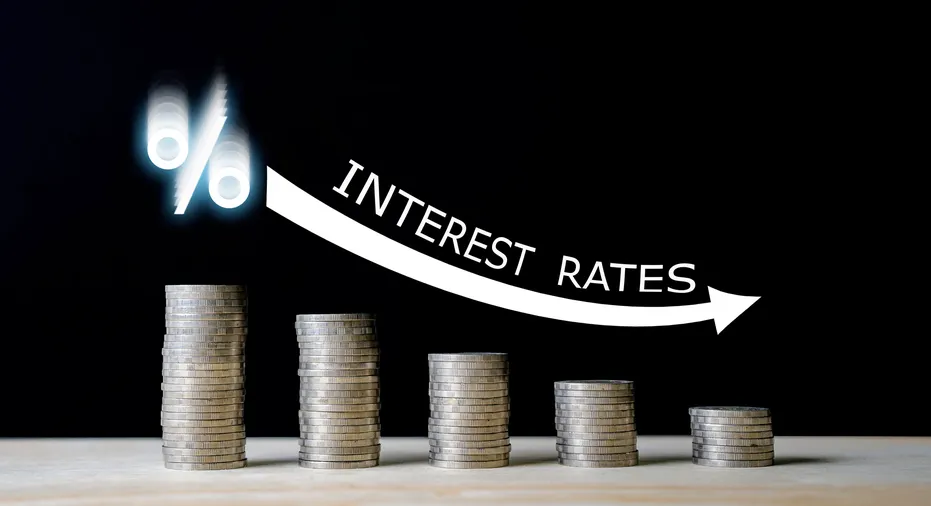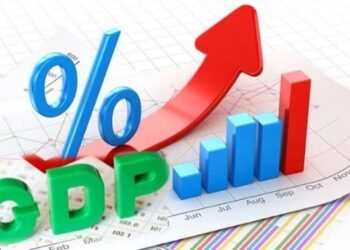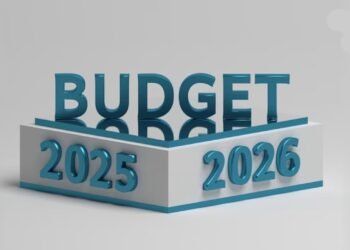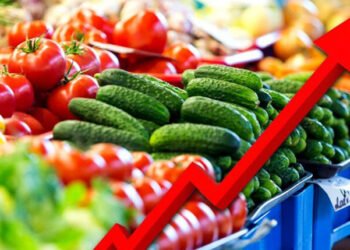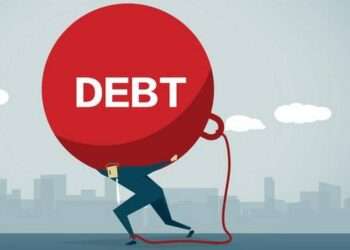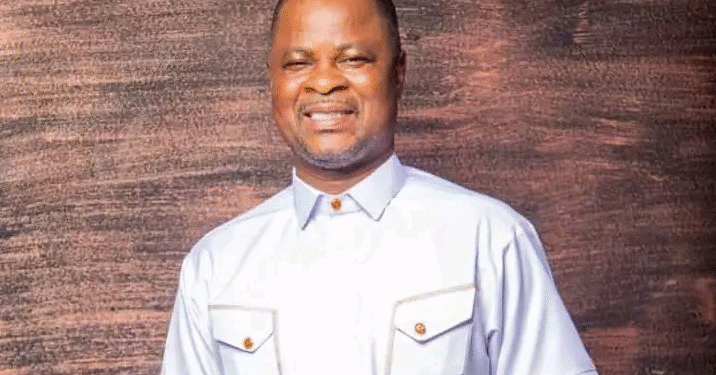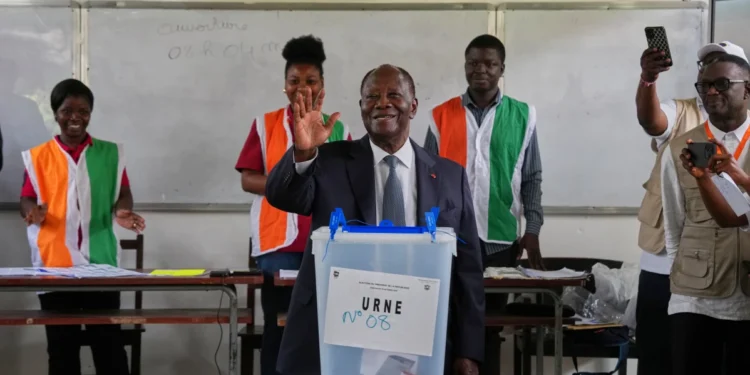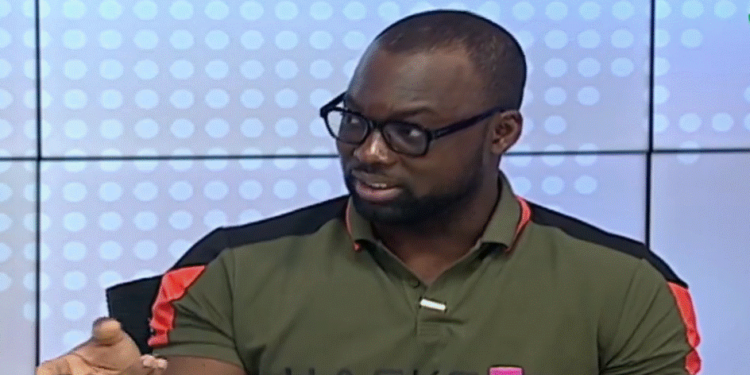The Bank of Ghana’s decision to slash its benchmark policy rate by 350 basis points to 21.5 percent has sparked debate, with economist Professor Patrick Asuming warning that the move could be risky at a time when utility tariffs are expected to rise.
Prof. Asuming, who described the cut as premature, argued that the central bank should have exercised greater caution.
“Personally, I think that it is quite aggressive. Even if there was going to be a cut, considering that at the previous meeting there was a substantial cut, I would have thought that if there was going to be a cut, it would be rather moderate.”
Professor Patrick Asuming
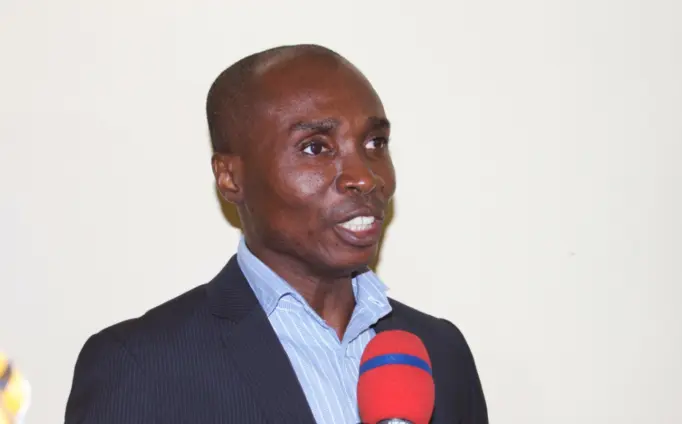
He warned that adjustments in electricity and water tariffs could undermine the progress made in reducing inflation. “With utility tariff adjustments on the horizon, the risk is that inflationary pressures may resurface, which would blunt the effectiveness of such a sharp rate cut,” he added.
However, the Bank of Ghana’s Monetary Policy Committee statement released on Wednesday, September 17, points to consistent evidence of easing inflationary pressures and stronger economic fundamentals.
“Inflation continues to ease and has been broad-based. Headline inflation declined further to 11.5 percent in August 2025, down from 12.1 percent in July, the lowest reading in four years. The sustained decline in inflation for eight consecutive months was largely driven by a combination of factors, including the prudent monetary policy stance, strong liquidity management, appreciation of the cedi, fiscal consolidation, and improved food supply.”
Bank of Ghana
The BoG added that the cut was not arbitrary but intended to reinforce the positive momentum.
“Interest rates are declining on the money market in response to the recent cut in the monetary policy rate. Yields on the money market instruments have declined significantly and the average lending rates are gradually easing, which should lower the cost of credit in the near-term.”
Bank of Ghana
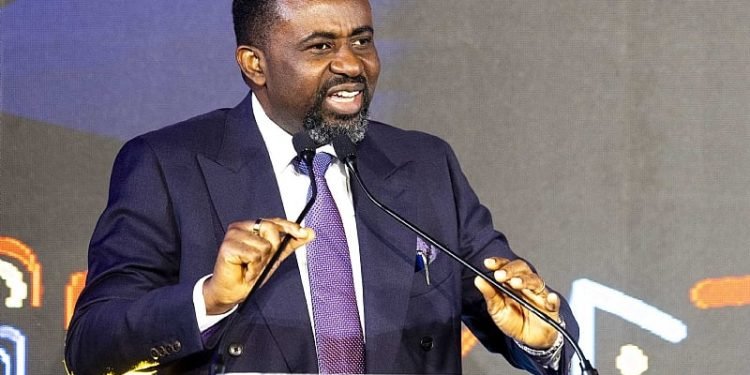
Economist Urges Caution Amid Fiscal Progress
The policy rate, used by the BoG to influence lending rates and inflation, plays a critical role in shaping borrowing costs for households and businesses. While the reduction is expected to stimulate economic activity, critics, such as Prof. Asuming, insist that the central bank may be overlooking short-term risks. However, the BoG’s statement indicates that the combination of fiscal consolidation, currency stability, and stronger food supplies has created the right conditions for easing policy.
On the fiscal side, government performance up to July 2025 showed significant consolidation. Expenditure controls were tightened despite revenues underperforming. The overall fiscal deficit on a commitment basis was 1.1 percent of GDP, well below the target deficit of 2.1 percent. The primary balance also posted a surplus of 1.0 percent of GDP, outperforming the expected 0.5 percent surplus.
These improvements reflected positively on public debt figures. At the end of July 2025, the total public debt-to-GDP ratio stood at 44.9 percent, a sharp decline from 61.8 percent in December 2024. For the BoG, this improved fiscal outlook, alongside easing inflation, justified a bold move to cut interest rates.
However, the debate highlights a tension between cautious optimism and aggressive stimulus. On one hand, economists fear that inflation could resurface due to external factors like utility tariff hikes. Whereas the central bank is confident that strong fundamentals and prudent management will ensure the rate cut delivers growth without destabilizing prices.
As such, the cut remains one of the boldest monetary steps in recent years, setting the stage for a test of whether inflationary risks or economic growth will dominate Ghana’s financial landscape in the months ahead.
READ ALSO: IMANI Urges Stronger Laws To Protect Forest Reserves



